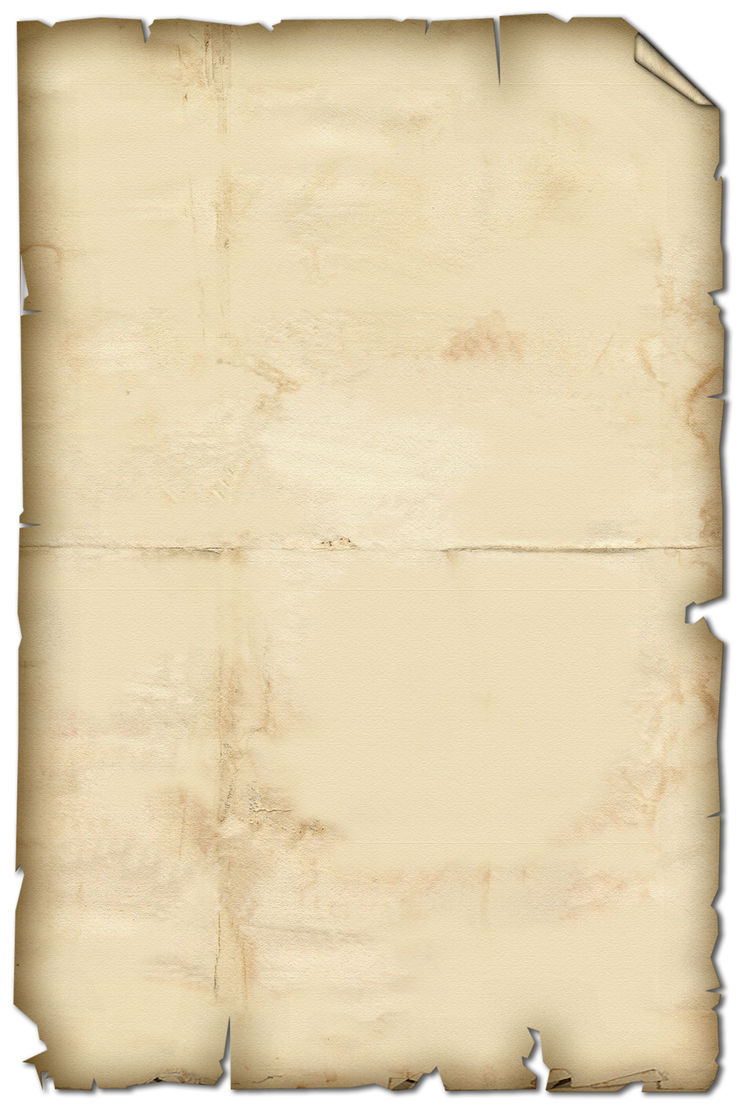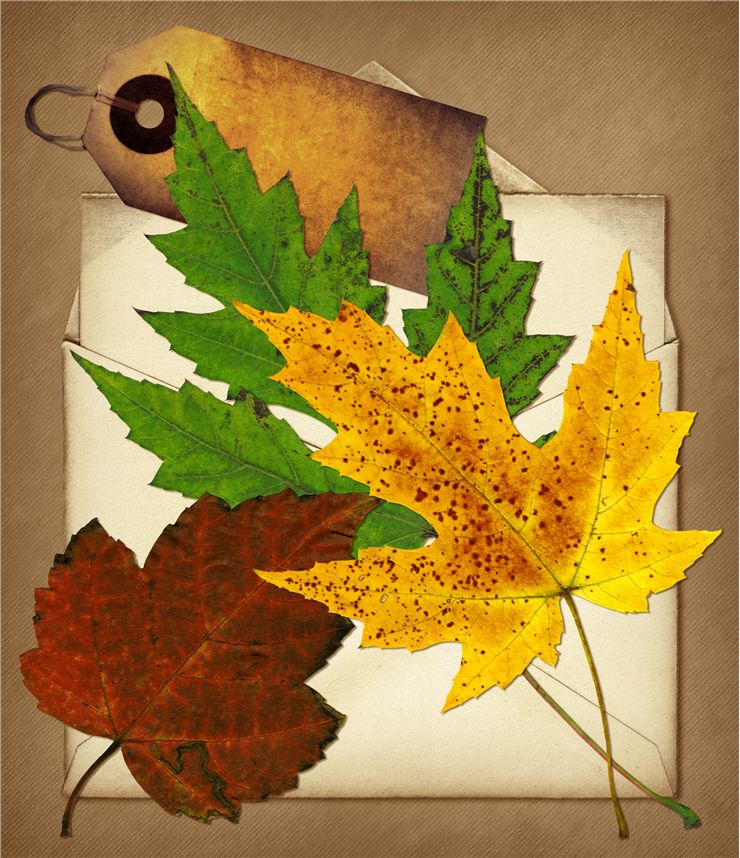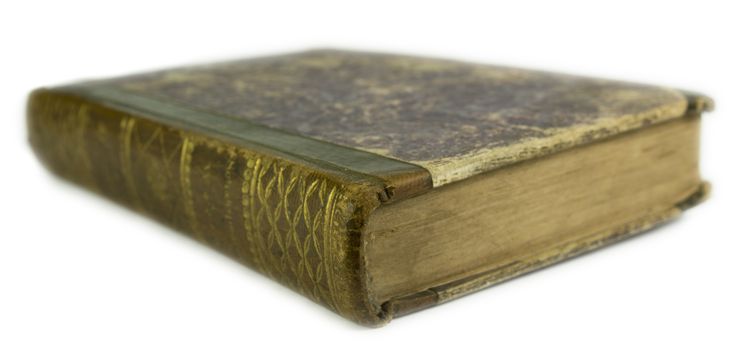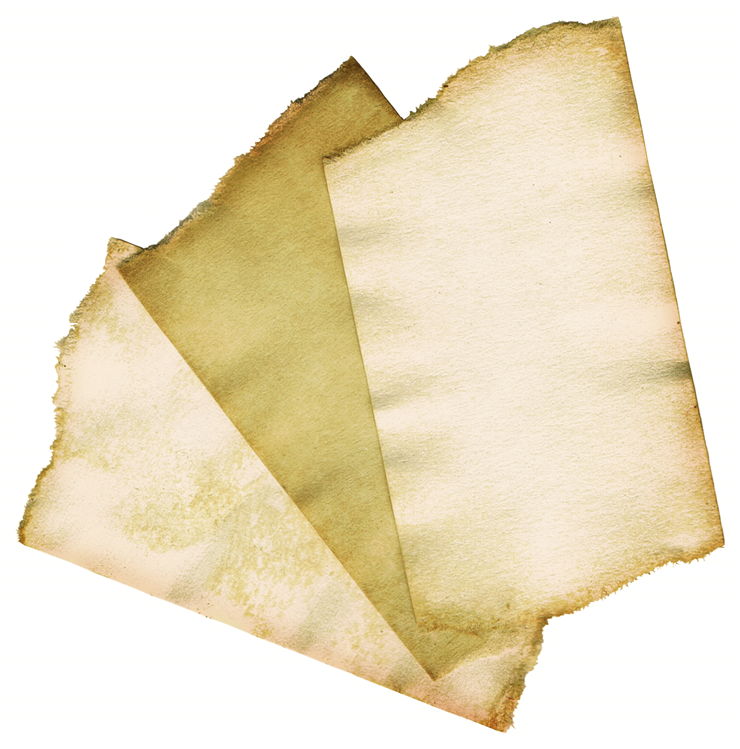Origins and History of Papermaking
Paper as we know it today had a long history that stretches back 2200 years to the time when Chinese inventors started investigating the properties of heated fiber-rich natural material that was dried and pressed into both sheets of paper and other objects that were used on daily basis (most notably for building sandals, bags, rope and more). This very unreliable technique (which was in very similar form been used in Ancient Egypt since 2000 BC, where papyrus plant was processed for same purposes, but its production was slow and very dependent on available quantities of papyrus plant.
Journey of modern paper recipe based on a wooden pulp and recycled clothes (rags), cotton and fishnets started in early 2nd century AD with the exploits of the Chinese inventor Cai Lun. He devised a modern base for manufacturing paper from heated fibers that were submerged and loosened in hot water (but not too hot to destroy the their structure), and simple human or animal powered machines that will take the thin sheet of fibers and press from them water until the paper substance become very thin and dry. This process of pressing was not creating large sheets of paper, but mostly a small ones the size of our notebook or more rarely (and expensively) in the form of longer scrolls that were used by Chinese government, royal members and nobility. By 3rd and 4tgh century, paper became more and more used in China, arriving in Japan sometimes between 3rd and early 7th century.
Islamic word knew about existence of paper for a long time, but they did not know exact recipe of how it was made. That secret was closely guarded by the Chinese, and some report s mention that Arabs got that secret was revealed after the Battle of Talas that happened in 751 in modern day Kyrgyzstan. From that point on, Islamic paper mills started spreading slowly to the west, reaching Baghdad by 793, Egypt by 900, and Morocco around 1100 AD. Islamic inventors managed to enhance the process of paper production with several new techniques, one making thicker sheets of paper, better animal powered machines. These advances enabled popularization of paper for the use in Art, and for bookmaking and even bookbinding. Their 9th and 10th century books were considered to be a true works of art, sawn with silk and bound in leather covers.
In 11th century, paper arrived in Europe, at first in Sicily, Spain and Islamic part of the Iberian Peninsula. By late 12th century and 13th century, other European countries such as France, Italy, Germany and Holland started their centers for paper production, with Switzerland and England arriving in 15th century. By 1st half of 17th century, all the major European countries had their paper mills, slowly producing paper sheet by sheet.
Paper remained expensive and rare all up to early 19th century when French invention of continuous paper machine was finally built into a real machine that could very quickly produce one large continuous role of paper which was later cut in appropriate size. This Fourdrinier machine was first built in Frogmore, Hertfordshire, England in 1803, and in the following decades, this steam-powered invention completely revolutionized modern paper industry. Basic techniques of Fourdrinier machine is still used today in paper production all around the world.



